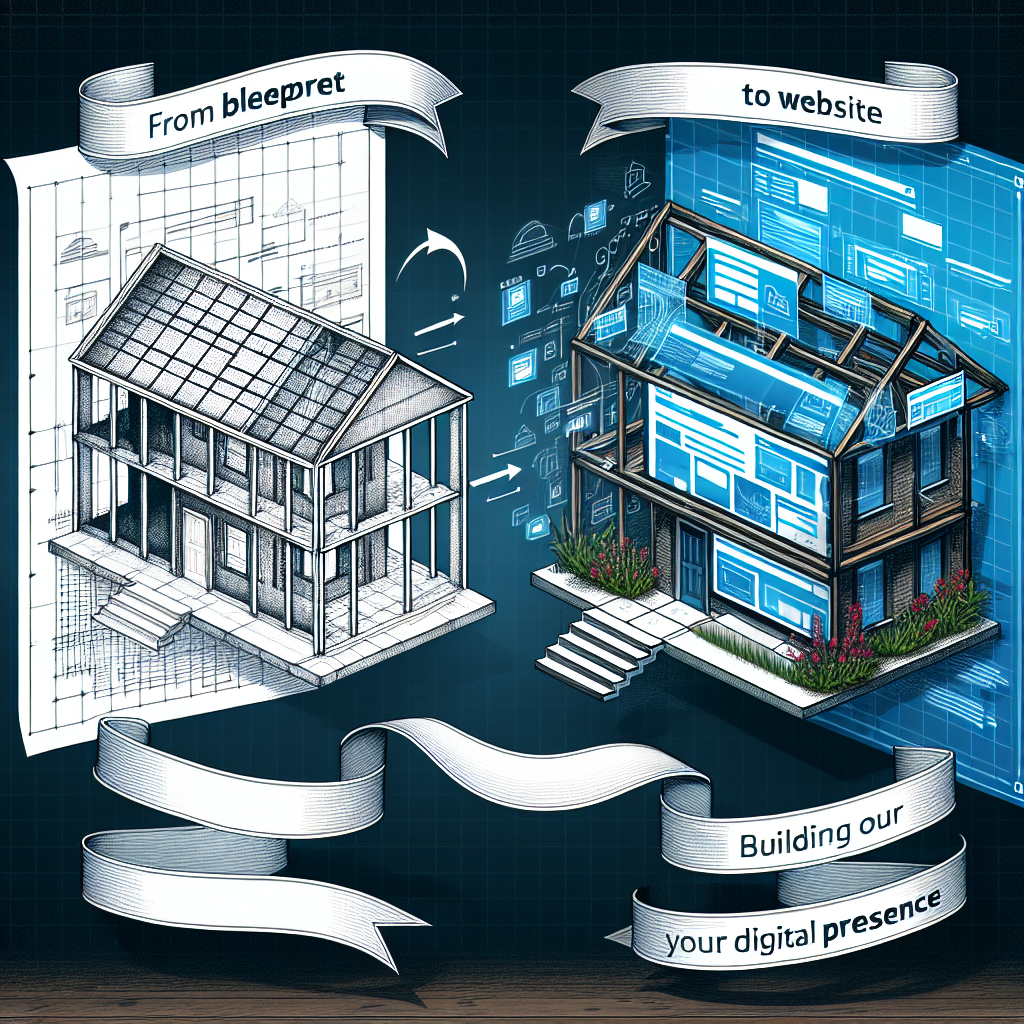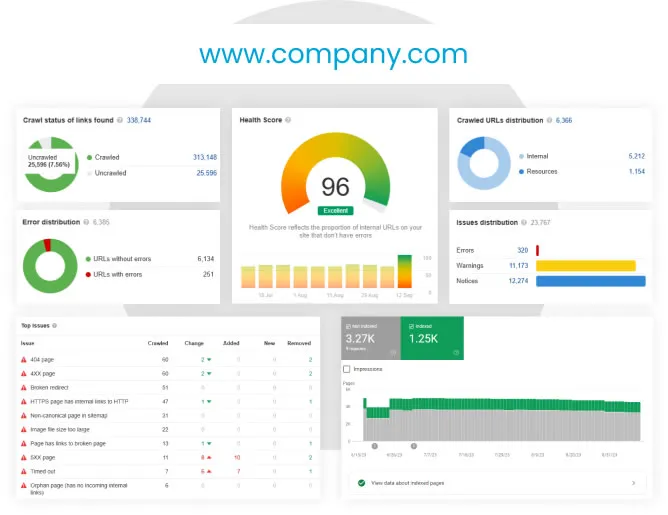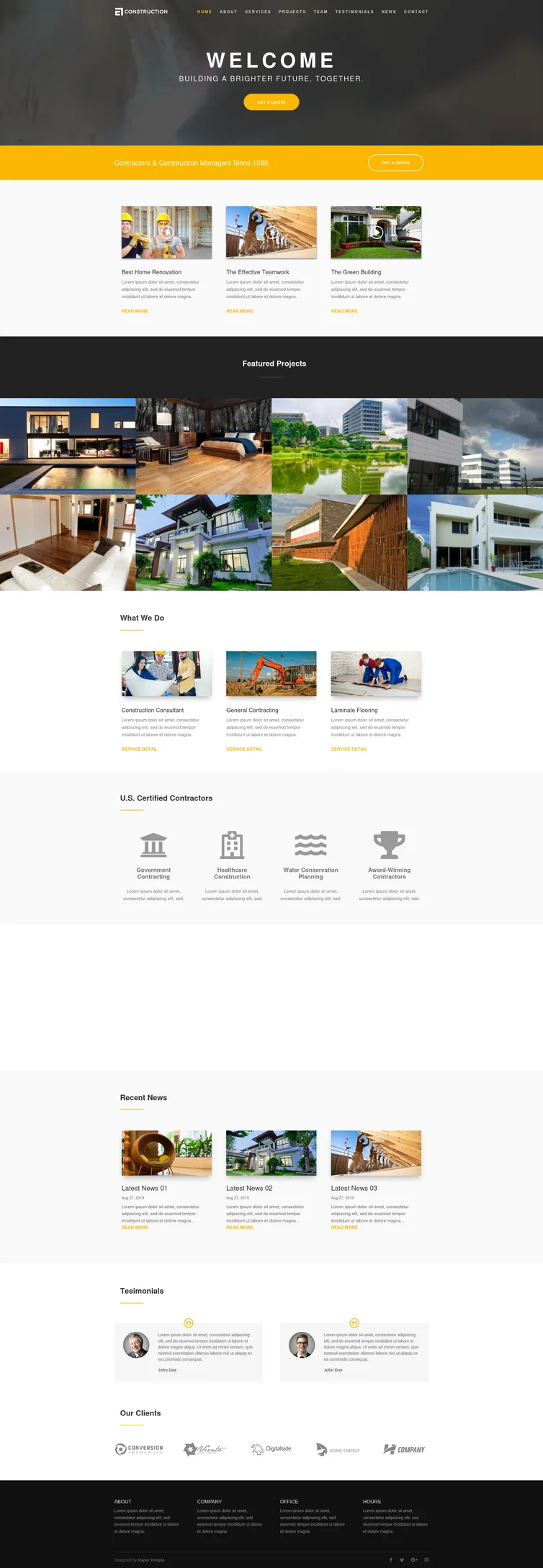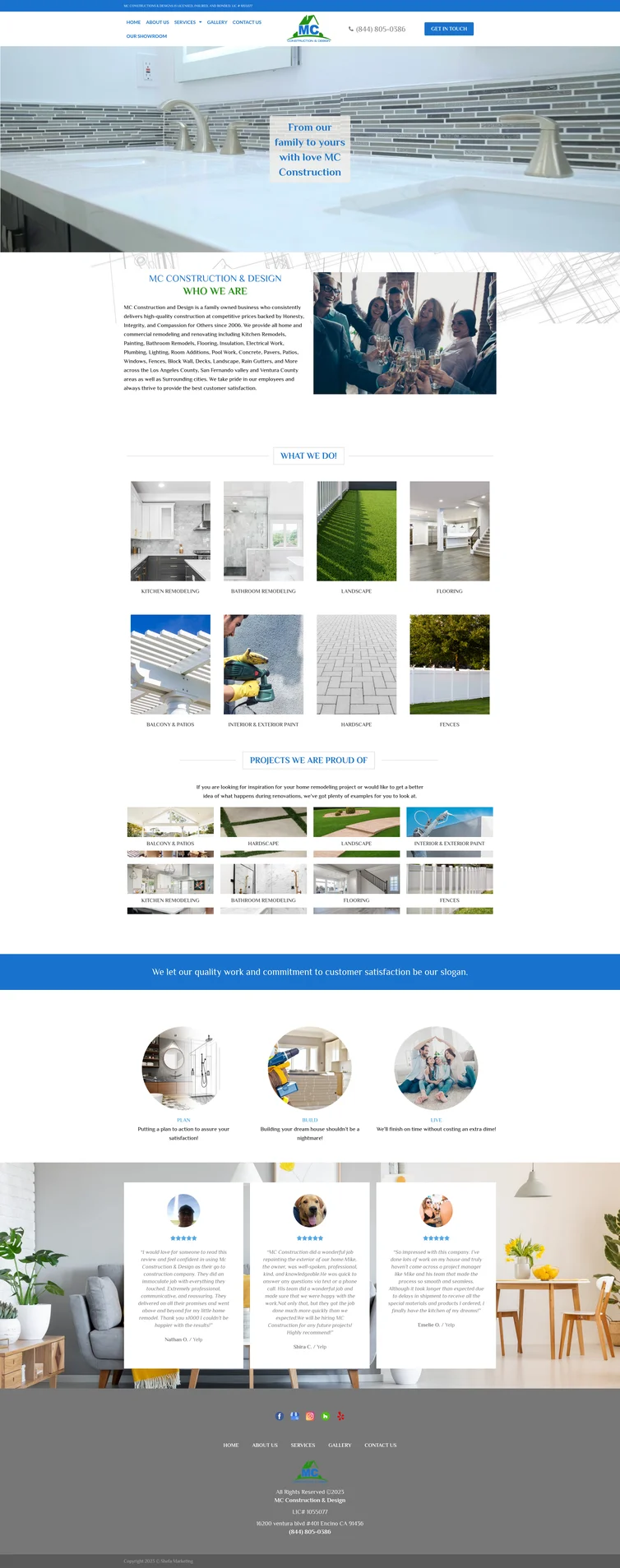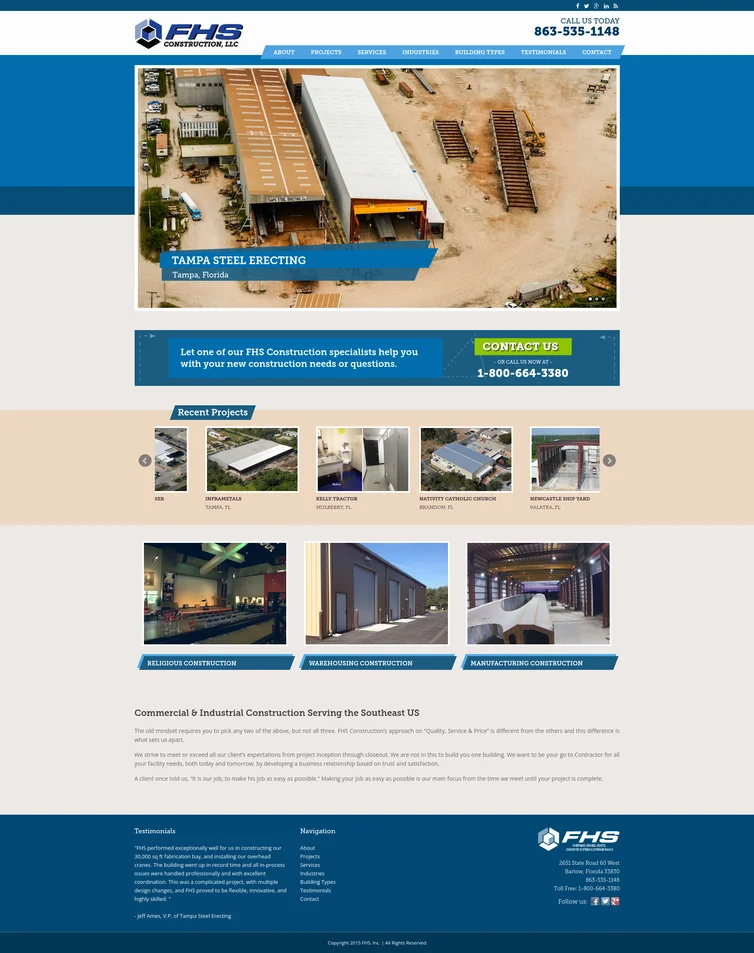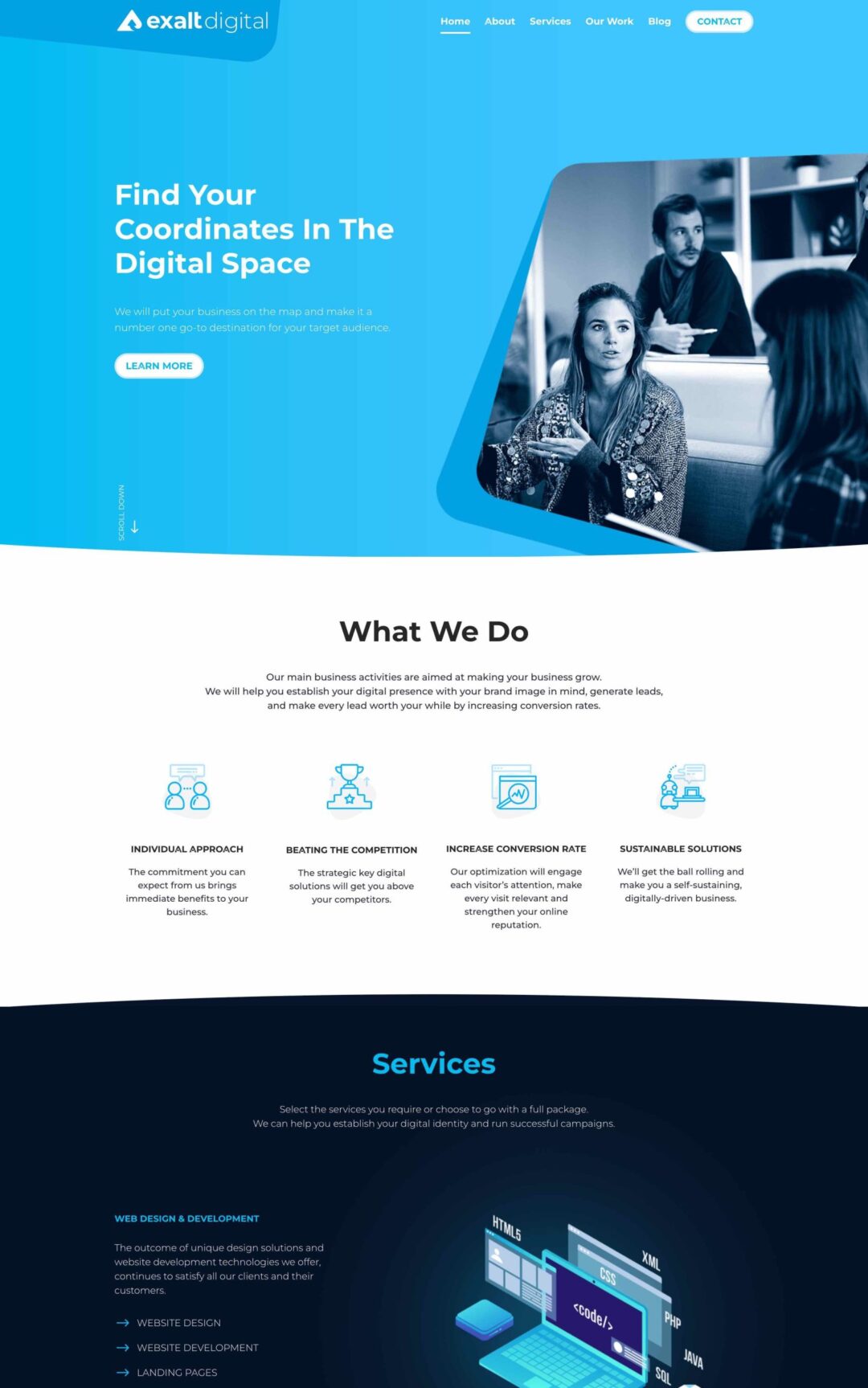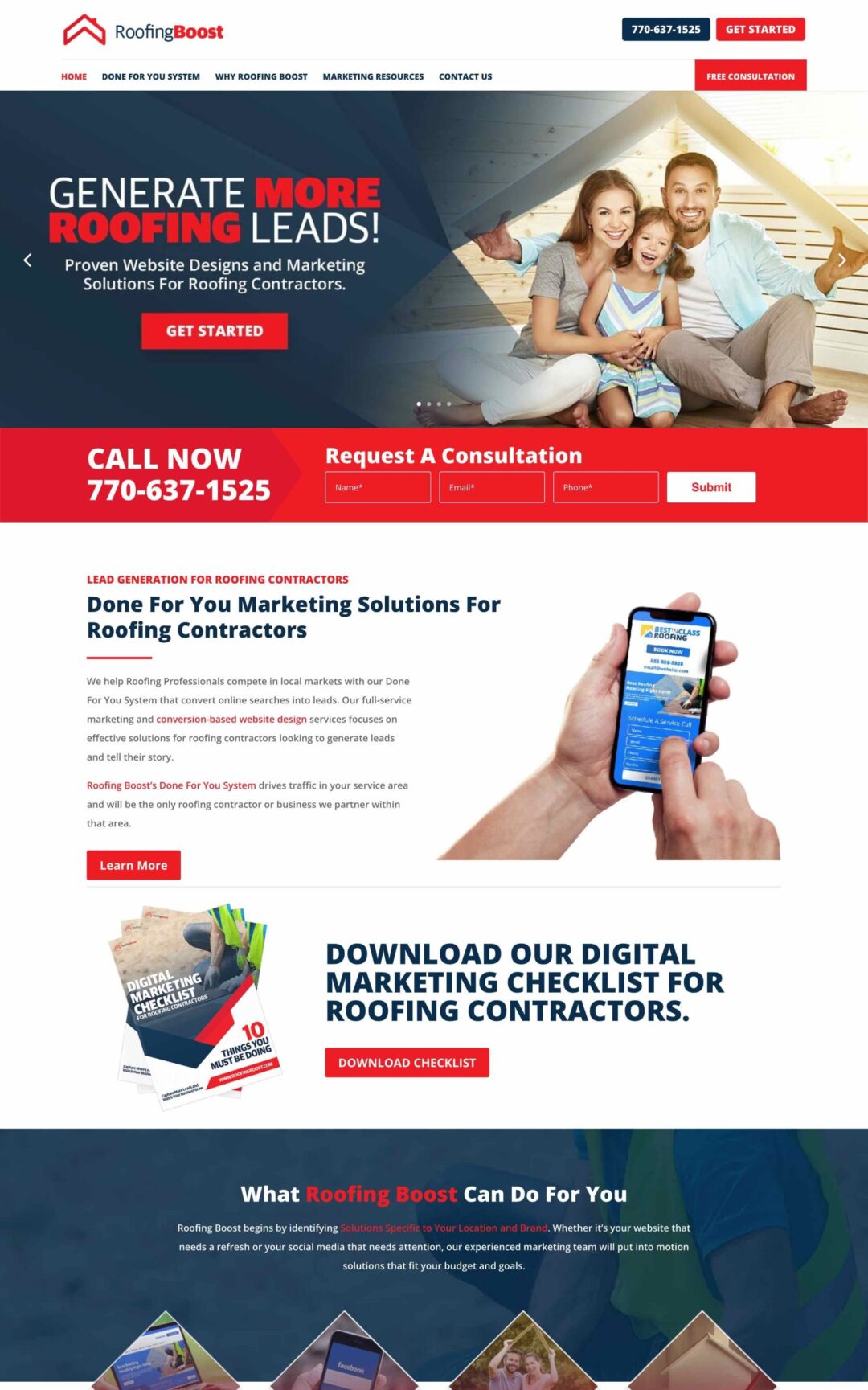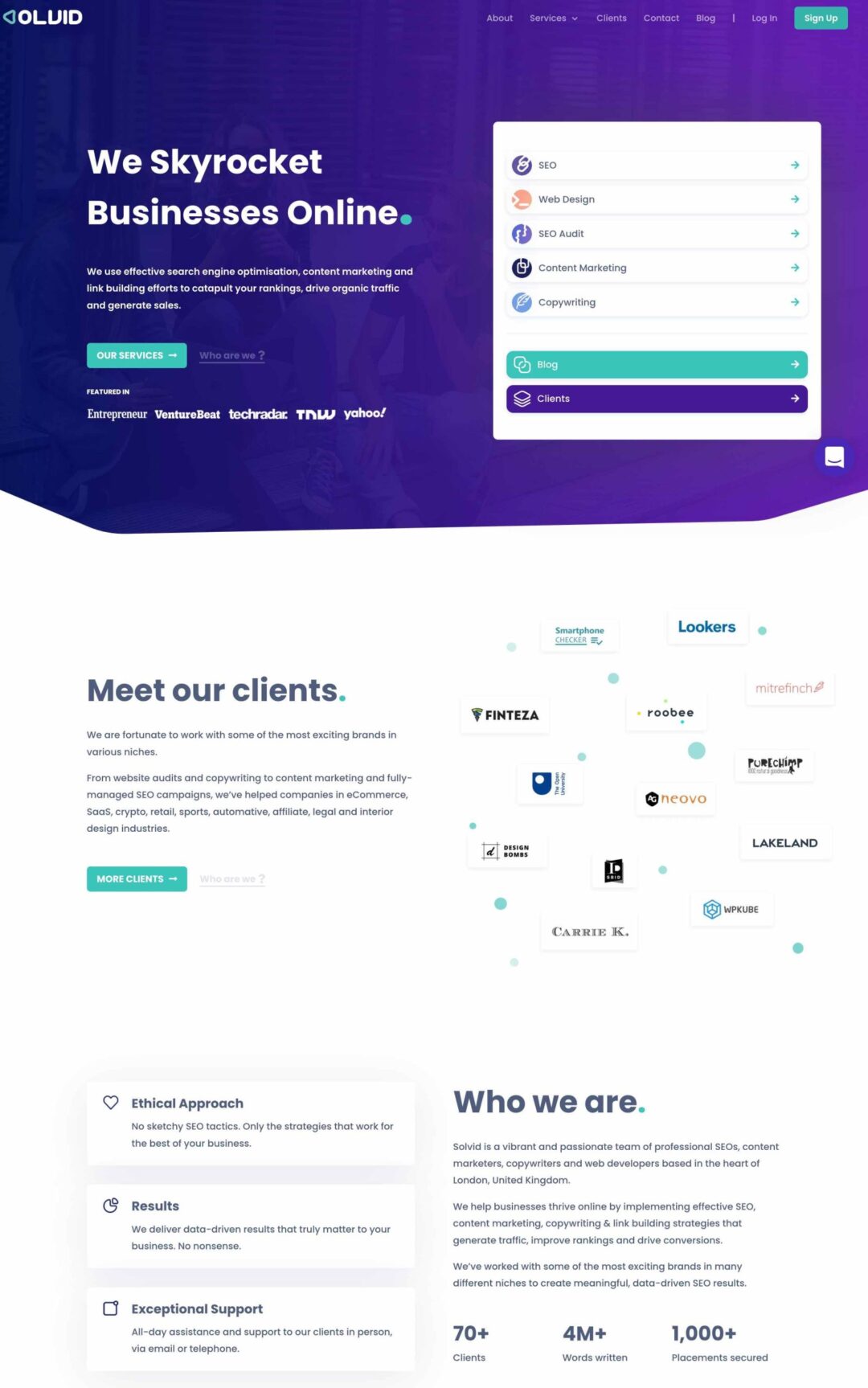From Blueprint to Website: Building Your Digital Presence
In the age of digitalization, the phrase "building your digital presence" has become a cornerstone of success for businesses, entrepreneurs, and creatives alike. Crafting a website from a concept or blueprint into a fully functional digital entity involves strategic planning, a deep understanding of your target audience, and an effective execution strategy. This article will guide you through the process of transforming your ideas into a successful online platform that resonates with users and achieves your business goals.
1. Understanding Your Audience and Goals: The Blueprint Phase
Before you start thinking about design or technology, it’s essential to define your audience and objectives. According to HubSpot, businesses that prioritize customer experience can see a revenue increase of anywhere from 6% to 14%. To identify your target audience effectively, consider the following steps:
- Market Research: Utilize tools like Google Trends and SEMrush to assess what your audience is searching for and identify trending keywords related to your industry.
- User Personas: Create profiles for ideal customers, including demographics, preferences, and pain points. This will help guide content and website structure.
2. Site Architecture: Designing Your Blueprint
Once you understand your audience, it’s time to create a solid site architecture—a blueprint that outlines how your website will be structured. This should include:
- Sitemap: Mapping out the hierarchy of pages and content types ensures a logical navigational flow. Use tools like Lucidchart or MindNode for visualization.
- Wireframes: These low-fidelity sketches or digital representations serve to visualize layout without getting into design details.
3. Choosing the Right Technology Stack
The technology you choose will depend on your goals, resources, and skillset. Some popular options include:
- Content Management Systems (CMS): Platforms like WordPress, Wix, or Squarespace allow users to build websites with minimal coding knowledge.
- E-commerce Solutions: Shopify and WooCommerce offer robust features for businesses selling products online.
Research Tip: According to BuiltWith, over 43% of websites on the internet are powered by WordPress. This statistic emphasizes the platform’s popularity and potential for reaching your audience.
4. Design and User Experience: Translating Blueprint to Website
Design should reflect your brand identity while ensuring an intuitive user experience. As stated by the Nielsen Norman Group, good usability design can increase your website’s conversion rates significantly. Key design considerations include:
- Responsive Design: Design must work seamlessly on desktops, tablets, and mobile devices. Google’s Mobile-Friendly Test can be an excellent resource for this.
- Color and Typography: Choose colors and fonts that align with your brand and enhance readability.
5. Content Creation: Filling Your Website with Value
Quality content is king when it comes to engaging users and improving SEO. Key components of effective content include:
- SEO Optimization: Incorporate trending keywords related to your business using tools like Ahrefs or Moz. Long-tail keywords often drive highly targeted traffic.
- User-Centric Content: Focus on providing value to visitors rather than solely selling products or services. Consider blogs, how-to guides, and customer testimonials.
Case Study Insight: A study by Content Marketing Institute indicates that B2B companies that prioritize blogging receive 67% more leads than those that don’t. This statistic illustrates the importance of regular content development.
6. Launching Your Website: A Strategic Release
Upon completion of the website, don’t rush into launching. Consider a soft launch to address any issues before the full rollout:
- Pre-launch Checklist: Ensure all links are operational, content is polished, and analytics tools like Google Analytics or Hotjar are set up correctly.
- SEO Preparedness: Make sure that on-page SEO elements such as meta titles, descriptions, and alt tags are optimized.
7. Post-Launch: Monitoring and Continuous Improvement
After launch, the work doesn’t stop. Consistent monitoring and improvement ensure ongoing success.
- Analytics Tracking: Use Google Analytics to track user behavior, traffic sources, and conversion rates.
- Feedback Loops: Implement systems for collecting user feedback to understand areas for enhancement.
Conclusion: The Ongoing Journey of Building Your Digital Presence
Transforming your blueprint into a fully functional website is just the beginning of your digital presence. Continuous optimization based on analytical data and user feedback will allow your online platform to evolve, meeting the needs of your audience and the demands of the digital landscape.
By following these structured steps and leveraging the insights and tools at your disposal, you can build a digital presence that not only represents your brand but also engages users effectively and drives business growth.
Keywords to Consider:
- Website development
- Building an online presence
- Digital marketing strategies
- User experience design
- SEO best practices
- Content marketing
Questions to Address:
- What are the steps to build a website?
- How do I determine my target audience?
- What CMS is best for my needs?
- How can I improve my website’s SEO?
By focusing on these aspects, your article can provide valuable insights and attract traffic through well-researched, engaging, and informative content on building a digital presence from scratch.
Website Design
